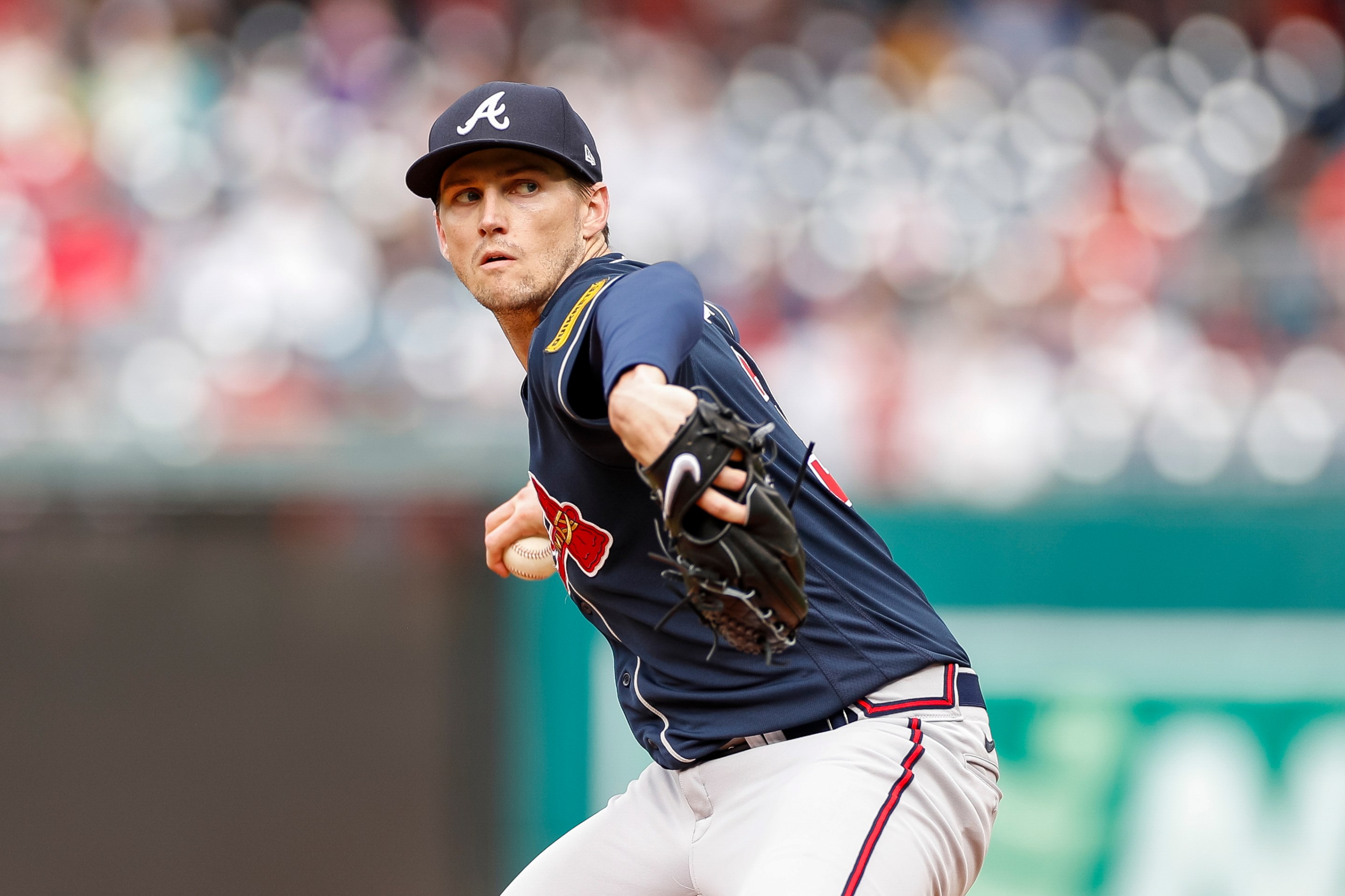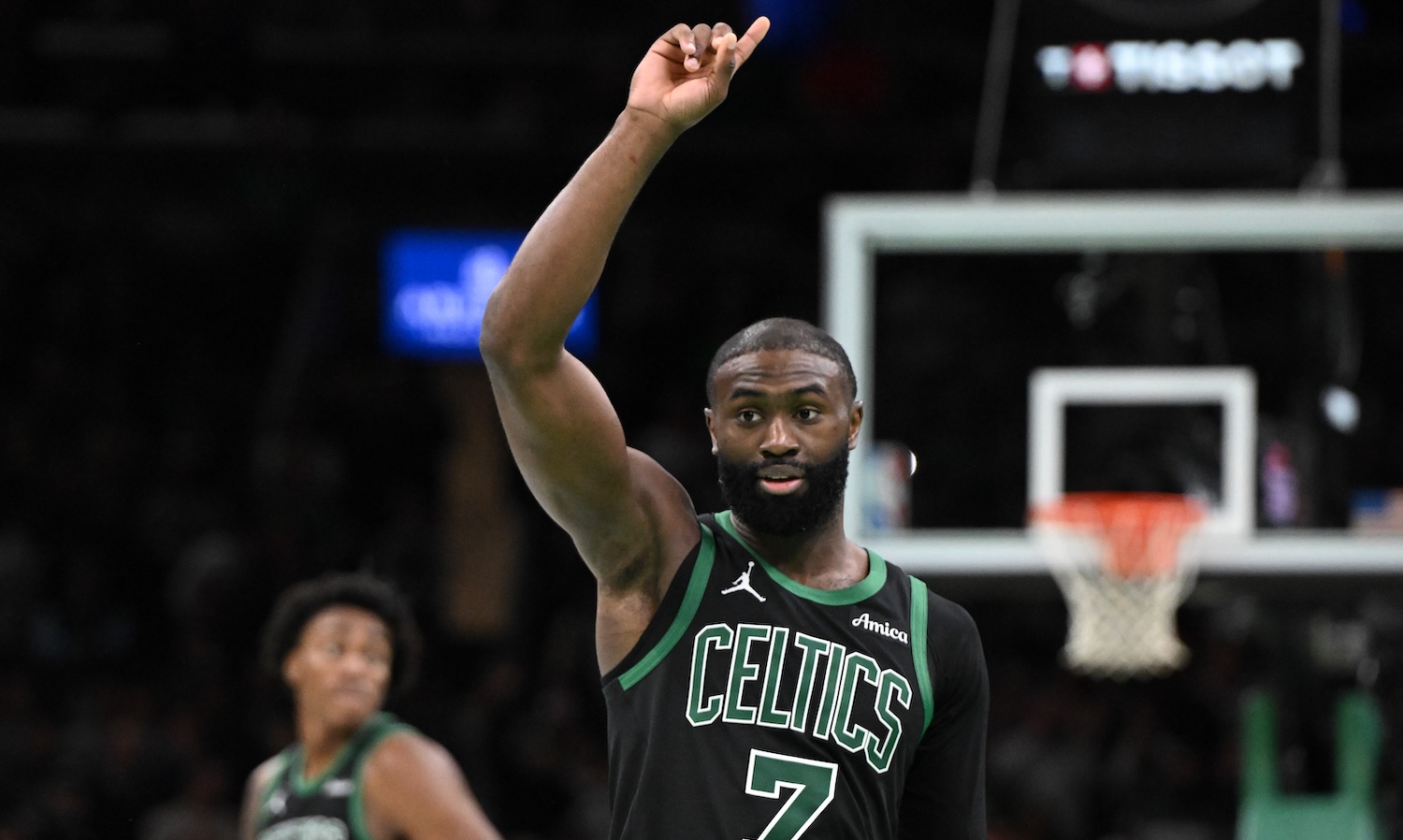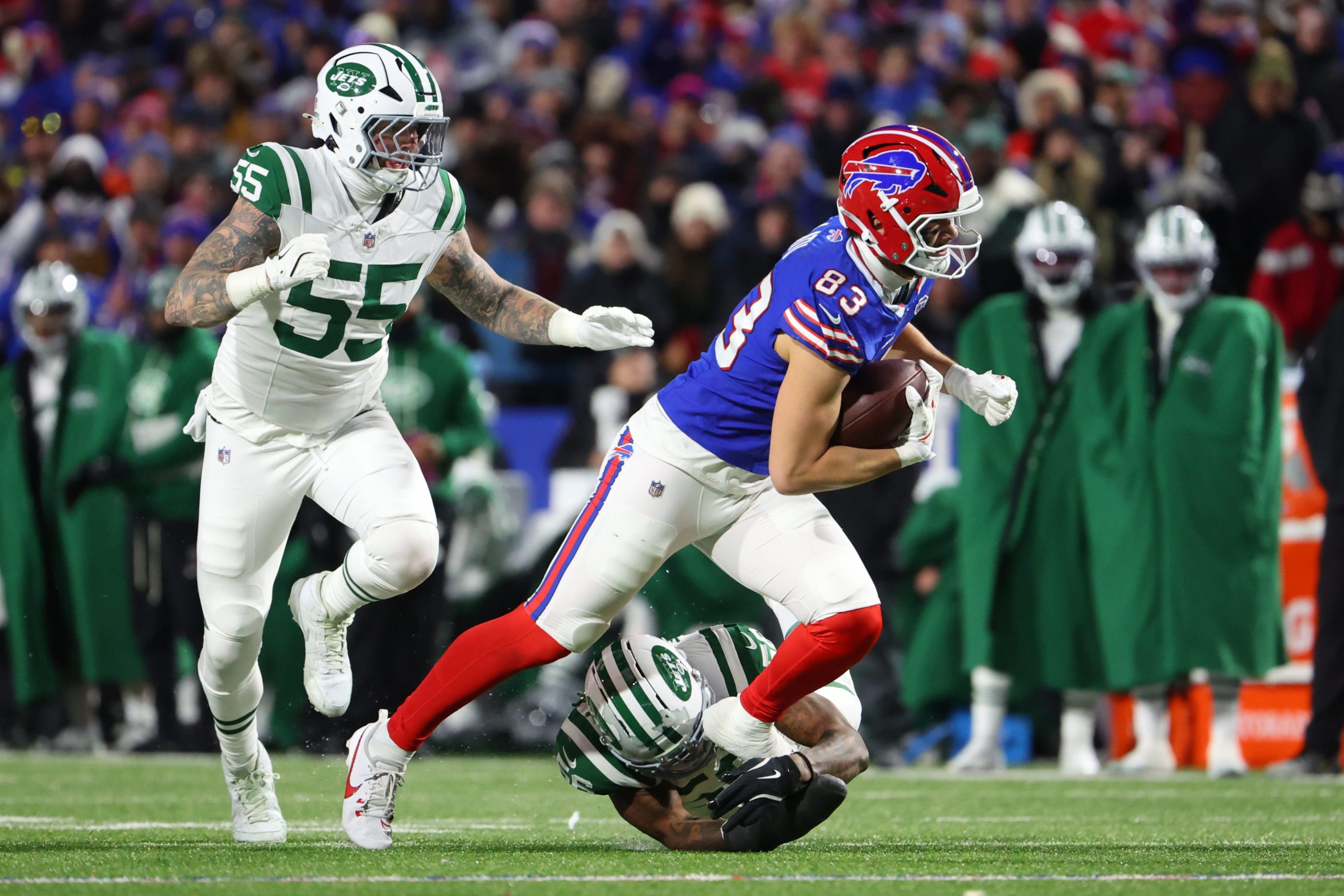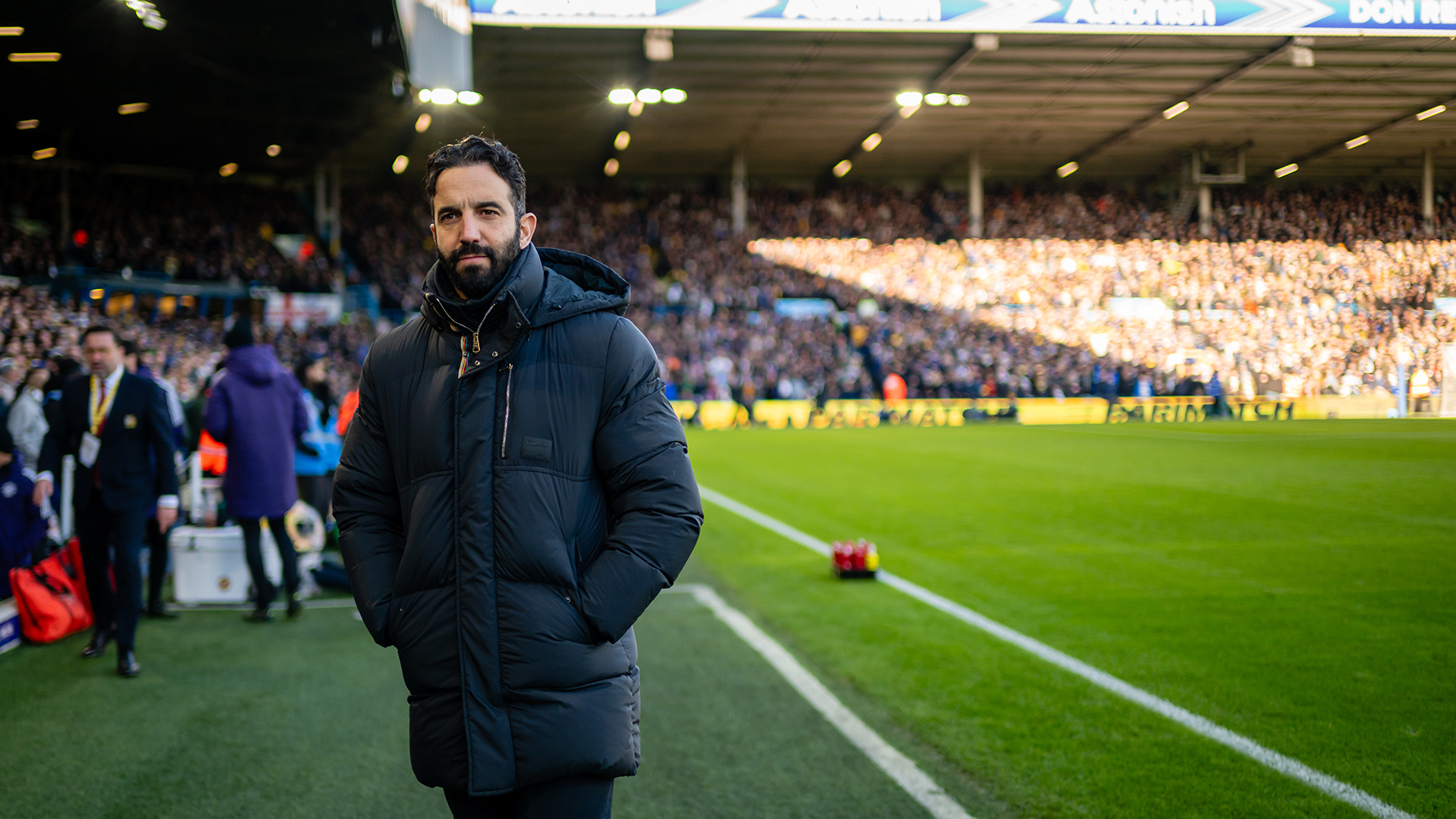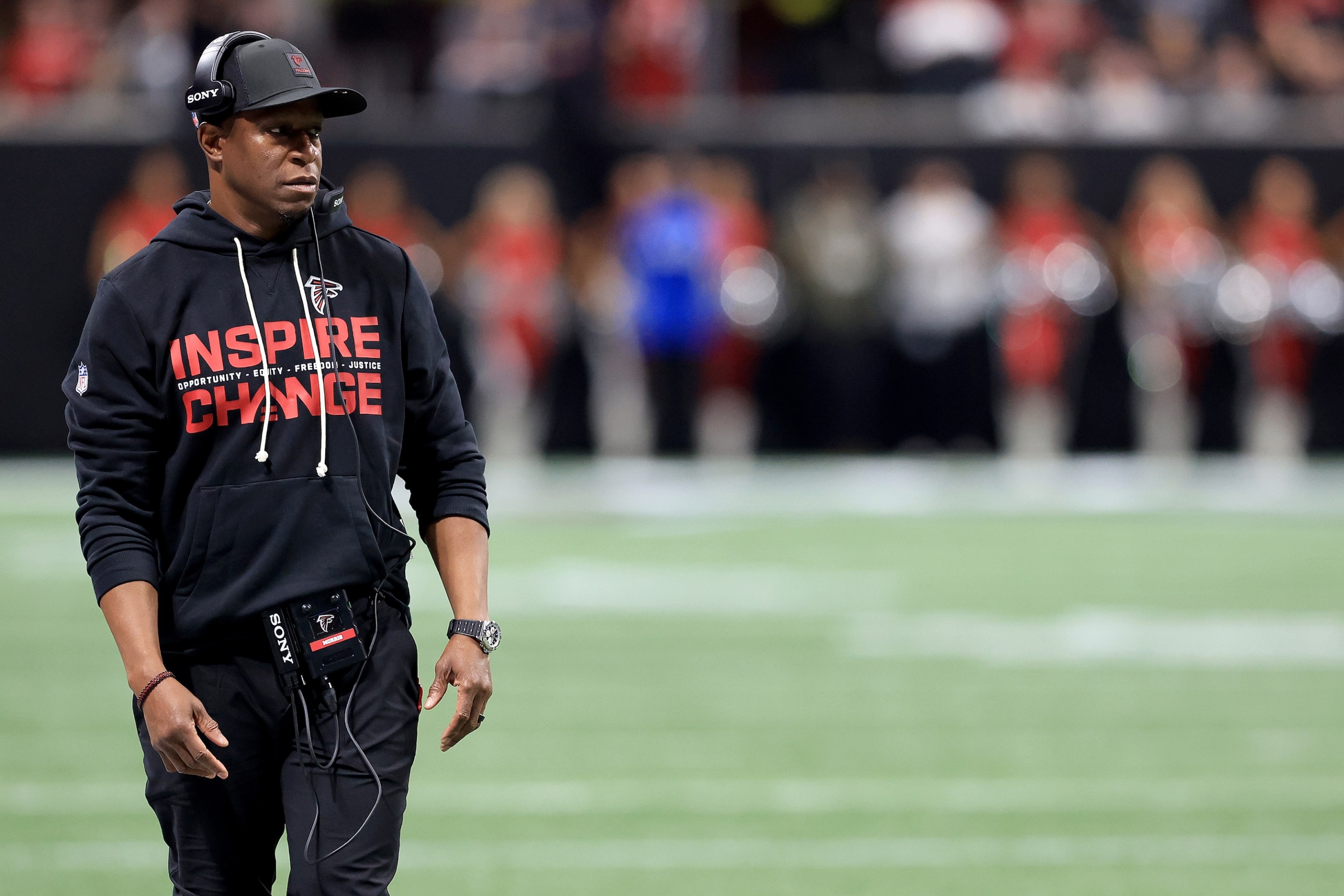It's axiomatic that no baseball executive is ever just going to come out and tell the public anything. From the outside, which is where more or less everyone that cares about baseball is, it's hard to detect what kind of strategic or tactical advantage would be lost by admitting that a team is emphasizing one player development attribute or method over another. But it's not a chance that executive types want to take, and if this is easier to understand in the instances where an organization legitimately does not understand how things work, it all generally comes out roughly as anodyne.
This is by design. An organization like the Rockies, which makes its baseball decisions by incorporating the advice of a Synod Of Nephews and the writing on various inspirational mugs will make the same sort of statement upon acquiring a mildly distressed pitching asset that a much more scientific team would make. None of it is dishonest, exactly—"we like that he will throw the ball when asked and is not obviously afraid of what happens after that" is not exactly illuminating, but you have to assume it's part of what every team likes about its pitchers. You just have to guess at how much more there is to the decision than the part that is made visible to the public. What the Rockies have done in the past, and the pious oafishness with which they have done it, will inform that endeavor more than any actual statement does. It may be that the Rockies have a detailed and forward-thinking plan for leveraging Cal Quantrill's pitch-to-contact, low-strikeout approach at altitude, and also they may just like his mentality, and prior track record of availability. But they're only going to tell you about the second part.
It is much more telling, in many cases, to read a transaction itself as a text than it is to read any of the statements made about it. Even the most oblong and inconsequential early-offseason trades have two sides to them, and in the broadest sense its not difficult to see the percentage on either side. When, for instance, the Chicago White Sox took a tapas-style approach to ordering off the bottom of the Braves' 40-man roster in the five-for-one trade that sent reliever Aaron Bummer to Atlanta, they were in essence saying that they are in a Trying Some Stuff mode, and that they do not expect to be good enough next year to make a high-quality left-handed reliever essential to their plans when weighed against the possibility of adding some potentially playable, even cheaper depth.
This would be easier to get excited about if the players Chicago got back from the Braves were more promising—there's the injury-battered husk of a former all-star, two recent first-round picks who had been passed repeatedly on Atlanta's depth chart en route to the majors, a 23-year-old minor league reliever named Riley, and the punchless slick-fielding middle infielder that the White Sox are required to roster by federal law. It would also help if the White Sox had shown the ability to do the sort of developmental or operational stuff necessary to turn those players into more valuable big leaguers. But in the absence of all that, the message still comes through: even Atlanta's roster chaff looks more like whole-grain goodness to a less prolific organization, and lord knows there will be opportunities to try and figure it all out. Atlanta's side of it, too, is easy enough to parse: they are betting that their pitching development program will succeed in unlocking something in Bummer just as it has previously succeeded in many, many instances over the previous decades. You can decide for yourself which side seems more likely to succeed, but it's legible in both directions.
As Michael Baumann writes at FanGraphs, there's an equally legible subtext to the two most notable transactions of the offseason so far—Milwaukee's decision to non-tender injured co-ace Brandon Woodruff and Atlanta flipping Kyle Wright, who won 21 games in 2022 and got downballot Cy Young support, to Kansas City. Legible, and ominous. Woodruff and Wright have both been very successful big league pitchers, although Woodruff's c.v. is notably longer and stronger, but they also are both recovering from shoulder capsule surgeries that they underwent in October. This is a relatively new surgery, and one whose early track record in terms of recovery time suggests 1) that neither pitcher is likely to pitch in 2024 or 2) necessarily a lock for 2025, either. Wright, who has three years of team control, might yet deliver something to the Royals during that time frame, which was enough for the Braves to get a defective former first-round pick from Kansas City in the deal. (Again, the Braves are betting that they can take Jackson Kowar's extremely fast fastball, which has been treated very rudely in the bigs, and build a workable pitcher around it in a way that their counter-party couldn't.) Woodruff, who stood no chance of pitching for the Brewers during his last season of team control, wasn't worth even that much, and so was let go for nothing.
As Baumann notes, the recovery from this sort of surgery is not linear or understood enough to make the sort of two-year buy-low deals to pitchers recovering from Tommy John surgery seem like a good investment. "If this were Tommy John surgery, Woodruff would be a virtual lock to be back to normal by Opening Day 2025," Baumann writes. "But rather than a one-year layoff with a high probability of recovery, Woodruff is in for an injury that—according to the very limited sample in the 2023 study—is about a coin flip that he’ll return, with the possibility that he’ll miss not one but two seasons." Even for a pitcher as good as Woodruff, there is enough uncertainty and contingency inherent in this sort of thing to make this a very steep risk.
The message that Baumann finds in these transactions, which again is left latent by GM's who can't or won't or anyway don't want to say it, is that "elbow injuries are routine, but shoulder injuries are still incredibly scary." If there was a team that believed it had figured out a way to rehabilitate this sort of injury more effectively, thoroughly, and quickly than other big-league clubs, it might make sense for that team not to talk about it too much. It would be a remarkable competitive advantage, and a pretty decent contribution to medical science as well. So it's worth noting that the Royals also helped the Braves with their roster crunch by acquiring reliever Nick Anderson for cash considerations; Anderson pitched fairly well for Atlanta last year after missing the 2022 season recovering from Tommy John surgery, but he lost the second half of his season after ... huh, a shoulder strain. What do the Royals know, or think they know, about the human shoulder? Whatever the case, it would probably be unwise to expect them to tell anyone about it.
